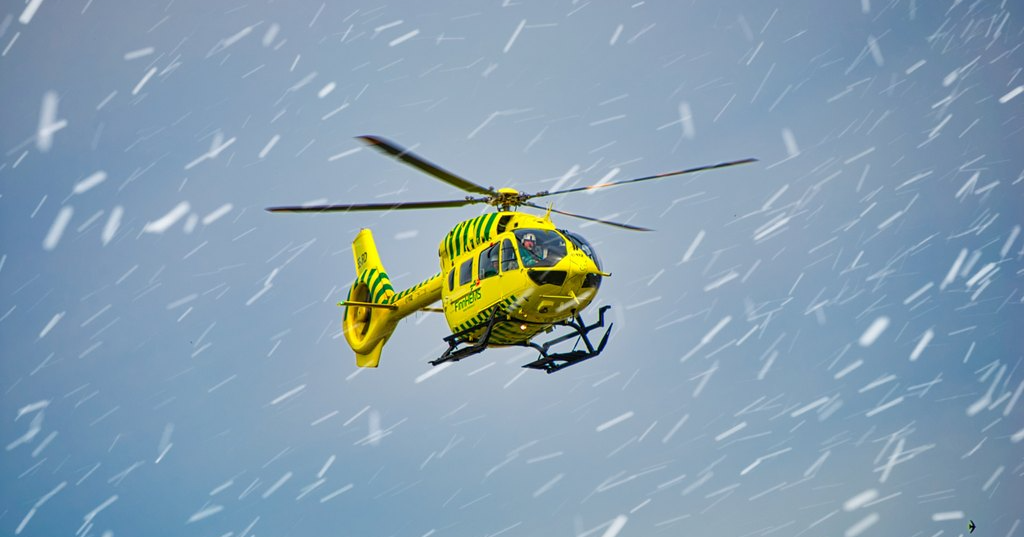Report published on alternative ways to establish a low flight network, gradual introduction recommended

A report on alternative ways to establish a low flight network has been completed. It was carried out under the guidance of the Ministry of Transport and Communications. The report recommends that at the first stage, an authority-operated low flight network that can be expanded progressively be established in Finland. A low flight network refers to a network that utilises satellite positioning, which makes flying in poor weather conditions more efficient.It concerns a route network and instrument approaches.
With the help of the low flight network, an aircraft could fly more efficiently also in poor weather conditions and visibility and could descend, by means of instruments, to a certain altitude below the clouds over uncontrolled flight areas and hospitals, for example. The aircraft would then proceed to its destination at a low altitude within visual line of sight. This would improve the operating conditions, especially in situations where flights cannot currently be made due to poor weather conditions. For example, the network would help speed up the access of emergency services and emergency medical services to or near the scene of the incident.
The working group that carried out the study as well as the steering group recommend that the route network be initially limited to the use of the authorities only. The route network would be meant for helicopters only and the approach procedures also to airplanes, when necessary. As a rule, navigation would be based exclusively on the use of the satellite-based Global Navigation Satellite System (GNSS) and would not require navigation equipment on the ground.
"There are only a few networks in Europe that resemble low flight networks, so the study on suitable alternatives for Finland is very important for the future development of the lower airspace," says Maija Ahokas, Director of Unit at the Ministry of Transport and Communications.
The study was guided by a steering group appointed by the Ministry of Transport and Communications. It was carried out in cooperation with the Ministry of Transport and Communications, the Ministry of the Interior, the Ministry of Social Affairs and Health, the Ministry of Defence, the Finnish Transport and Communications Agency, the Defence Forces, the Finnish Air Force, the Army Aviation, the Finnish Border Guard, Fintraffic Air Navigation Services and FinnHEMS.
What's next?
The financing options for the low flight network will be examined further before a decision is made regarding the establishment of the network.
In the next few years, the lower airspace is expected to be subject to several changes, the low flight network being one of the most important ones.
Inquiries
Suvi Kankare, Senior Specialist, tel. +358 295 342105
Maija Ahokas, Director of Unit, tel. +358 40 031 6178
Institutional Repository for the Government Valto: Low flight network – Report on options for implementation. Publications of the Ministry of Transport and Communications 2021:26 (description sheet in English)



